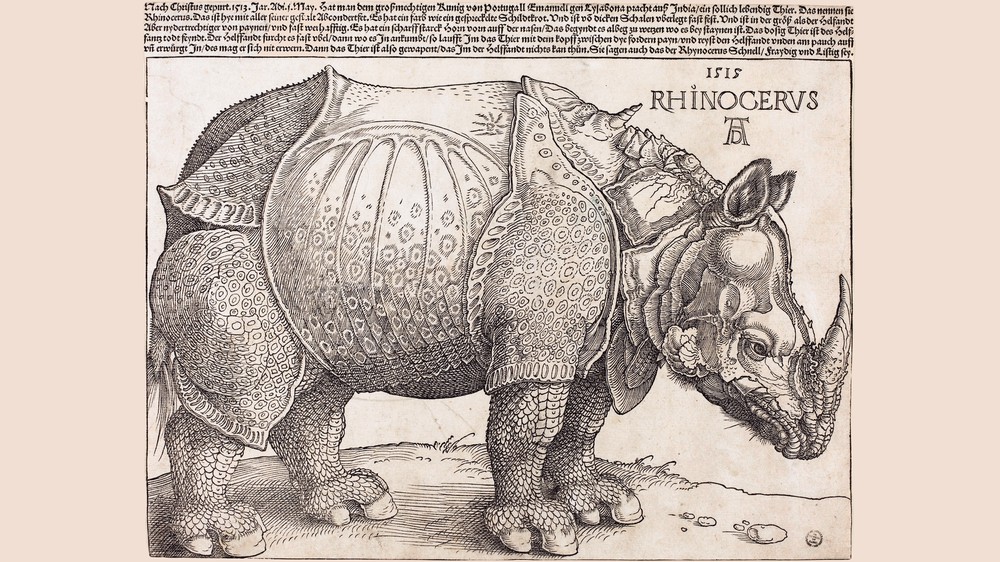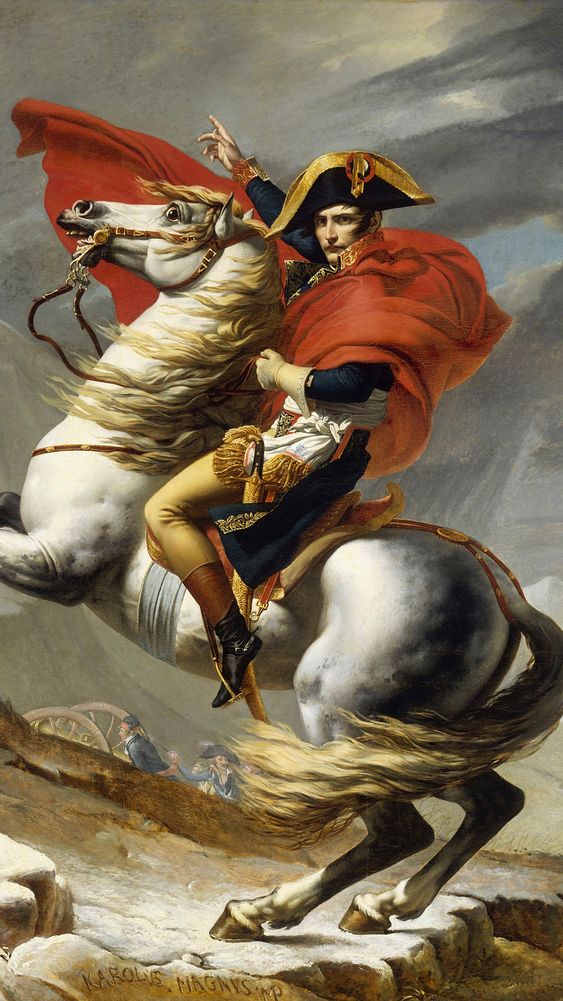
Jean-Baptiste-Siméon Chardin
18th century French art was dominated by two very different styles of painting – Rococo and Neoclassicism. Chardin stood apart from both. He painted neither fleshy nudes nor austere allegorical works in the grand manner. Instead, he produced simple still lifes and paintings of ordinary people. Still lifes had traditionally been held in low regard – at least when compared with history painting. This makes Chardin’s considerable career success all the more remarkable. Among his fellow artists in the Academy, he was awarded the largest royal pension. Through subtle, sophisticated handling of paint, his modest still lifes imbued everyday objects with a quiet grandeur. The Goncourt brothers said of him: ‘Who has expressed, as he has expressed, the life of inanimate objects?’ He spent the middle part of his career specializing in genre painting – sensitive portrayals of both working and middle-class folk, engaged in everyday activities. He returned to still life painting during his later years and, as his eyesight deteriorated, he also produced a number of pastel portraits.
Playlists (9)



Brutes and Beasts



The Louvre Museum: Curated Picks
Related artists

Bernardo Strozzi
Italian, 1581–1644
Mattia Preti
Italian, 1613–1699